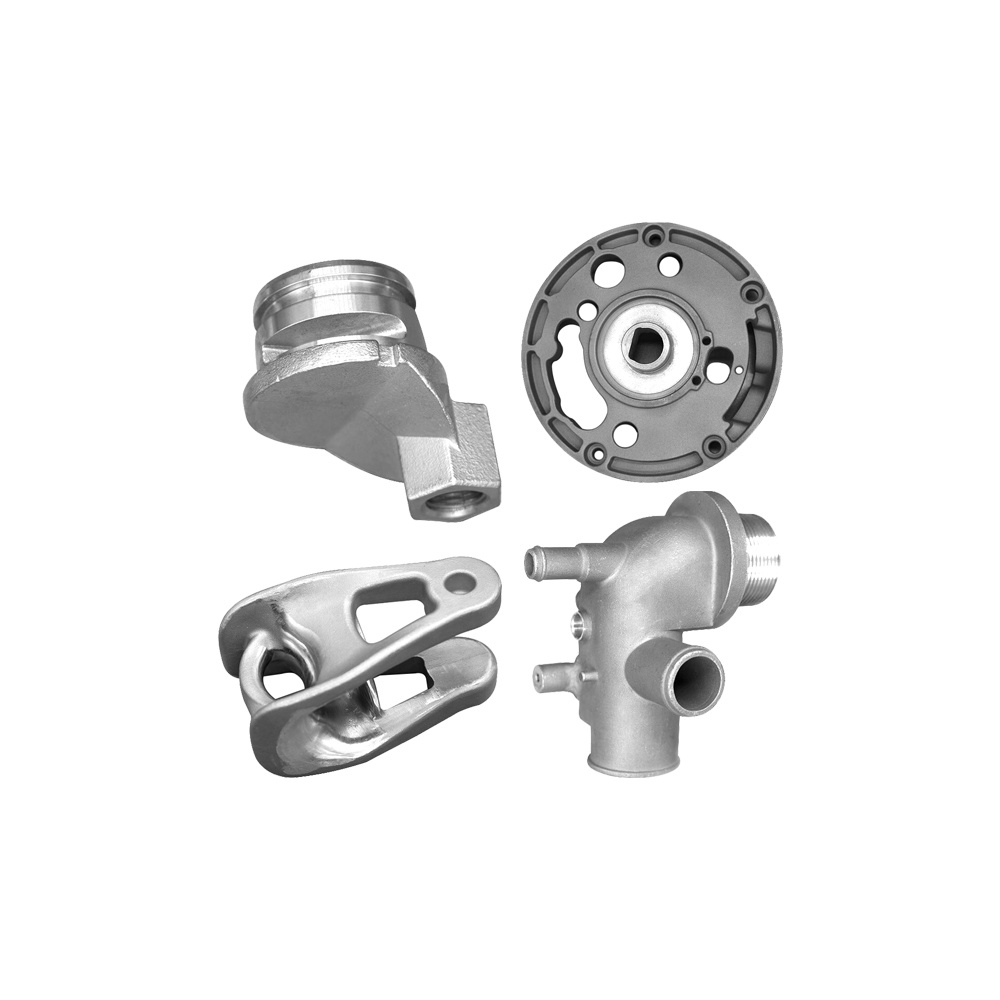 Esperanto
Esperanto
 Shqiptare
Shqiptare
 Euskara
Euskara
 Zulu
Zulu
 Latinus
Latinus
 Cymraeg
Cymraeg
 தமிழ்
தமிழ்
 Slovak
Slovak
 Slovak
Slovak
 Afrikaans
Afrikaans
A Comprehensive Look at Electrical Adapters for Electronic Devices
Release time:
2025-05-14
Source:
A Comprehensive Look at Electrical Adapters for Electronic Devices
Table of Contents
1. Understanding Electrical Adapters
2. Types of Electrical Adapters
2.1 AC to DC Adapters
2.2 Universal Adapters
2.3 USB Adapters
3. Key Features of Electrical Adapters
3.1 Voltage and Amperage Ratings
3.2 Plug Types and Compatibility
4. Safety Considerations When Using Adapters
4.1 Overload Protection
4.2 Short Circuit Prevention
5. Choosing the Right Adapter for Your Device
5.1 Identifying Device Requirements
5.2 Assessing Quality and Certifications
6. Common Misconceptions About Electrical Adapters
7. Frequently Asked Questions (FAQs)
8. Conclusion
1. Understanding Electrical Adapters
Electrical adapters are essential components in today's technologically driven world. They serve as connectors between power sources and electronic devices, converting voltage and current to meet specific power requirements. Understanding the function and necessity of adapters can significantly enhance the user experience and device performance.
2. Types of Electrical Adapters
There are several types of electrical adapters available, each designed for specific applications. Below, we explore the most common types of adapters found in the market today.
2.1 AC to DC Adapters
AC to DC adapters, often called power adapters, convert alternating current (AC) from a wall outlet to direct current (DC) suitable for electronic devices. These adapters are crucial for powering gadgets such as laptops, smartphones, and gaming consoles. They come with varying voltage and amperage ratings, making it essential to choose one that matches your device's requirements.
2.2 Universal Adapters
Universal adapters are versatile tools that can cater to multiple devices. They typically include various plug types and output settings, making them ideal for travelers and individuals with diverse electronic needs. These adapters often have adjustable voltage settings, enabling compatibility with devices from different regions.
2.3 USB Adapters
USB adapters have become increasingly popular due to their convenience and universality. They allow users to charge multiple devices, such as smartphones, tablets, and other USB-powered gadgets, using a single adapter. Many USB adapters now support fast charging technologies, enhancing the charging efficiency for modern devices.
3. Key Features of Electrical Adapters
When selecting an electrical adapter, several features should be considered to ensure optimal performance and safety.
3.1 Voltage and Amperage Ratings
Voltage and amperage ratings are critical factors in choosing the right adapter. Each electronic device has specific power requirements, and using an adapter with the wrong ratings can lead to malfunctions or even damage. Always verify the device's specifications and match them to the adapter's output.
3.2 Plug Types and Compatibility
Different regions utilize various plug types, making compatibility an essential consideration. Ensure that the adapter you choose can fit into outlets in your area or has interchangeable plug types for international travel. Research the country-specific plug configurations to avoid inconvenience.
4. Safety Considerations When Using Adapters
Safety should always be a priority when using electrical adapters. Here are some crucial safety considerations.
4.1 Overload Protection
Many quality adapters come equipped with overload protection features that prevent excessive current from damaging your devices. This feature automatically shuts off the power supply when it detects an overload, ensuring the safety of both the adapter and the connected device.
4.2 Short Circuit Prevention
Short circuits can pose significant risks, including electrical fires. High-quality adapters often incorporate short circuit prevention mechanisms that protect against sudden surges in electricity. By choosing an adapter with these safety features, you can minimize potential hazards.
5. Choosing the Right Adapter for Your Device
Selecting the appropriate adapter for your electronic devices involves careful consideration.
5.1 Identifying Device Requirements
Start by identifying your device's power requirements. This information is typically found on the device itself or in the user manual. Look for the voltage (V) and amperage (A) specifications to ensure compatibility with the adapter.
5.2 Assessing Quality and Certifications
Not all adapters are created equal. Invest in high-quality adapters that meet industry standards and certifications. Look for safety marks such as UL, CE, and FCC, which indicate that the product has undergone rigorous testing for safety and performance.
6. Common Misconceptions About Electrical Adapters
Despite their ubiquity, several misconceptions about electrical adapters persist. Clarifying these can help users make informed choices.
1. **All adapters are universal:** While some adapters offer versatility, not all are compatible with every device. Always check specifications.
2. **Higher voltage means better performance:** This is a misconception. Using an adapter with higher voltage than required can damage devices; proper matching is crucial.
3. **Adapters don’t need to be replaced:** Older adapters may lack modern safety features and efficiency. Regularly evaluate your adapters and replace them if necessary.
7. Frequently Asked Questions (FAQs)
1. What is the difference between AC and DC power?
AC (Alternating Current) switches direction periodically, while DC (Direct Current) flows in one direction. Most household outlets provide AC, but many electronic devices require DC.
2. Can I use any adapter for my device?
No, using an incompatible adapter can cause damage. Always match the voltage and amperage ratings to ensure safe operation.
3. What should I look for in a travel adapter?
When choosing a travel adapter, consider plug compatibility, voltage conversion capabilities, and safety features like surge protection.
4. How do I know if my adapter is faulty?
Signs of a faulty adapter include overheating, unusual noises, burning smells, or failure to charge devices. If you notice these signs, discontinue use immediately.
5. Are generic adapters safe to use?
While some generic adapters may be safe, it is crucial to research their quality and certifications. Always opt for reputable brands when possible.
8. Conclusion
Understanding electrical adapters is essential for anyone utilizing electronic devices. From recognizing the various types and features to ensuring safety and compatibility, this comprehensive guide equips users with the knowledge to select the right adapters confidently. By prioritizing quality and adhering to safety standards, we can enjoy the seamless operation of our electronic gadgets while minimizing risks. Ensure you keep this guide on hand when navigating the vast world of electrical adapters, making informed choices that enhance your user experience.
electrical adapters
Related News
2025-12-14 12:00
Understanding CNC Turning and Milling Parts: A Comprehensive Guide for Precision Manufacturing
CNC (Computer Numerical Control) turning and milling are essential processes in the realm of precision manufacturing. These techniques are widely employed in the machining industry for producing intricate components that meet strict tolerances and specifications. Understanding the fundamentals of CNC turning and milling parts can enhance your knowledge of how these processes contribute to quality
2025-12-09 12:10
A Comprehensive Guide to Household Appliances Maintenance: Keep Your Home Running Smoothly
A Comprehensive Guide to Household Appliances Maintenance Household appliances are the backbone of modern living, providing convenience and efficiency in our daily routines. However, just like any other mechanical devices, they require regular maintenance to function optimally. In this guide, we will explore various household appliances, their maintenance needs, and practical tips to extend their
Let’s Talk
We can help you figure out your needs.




